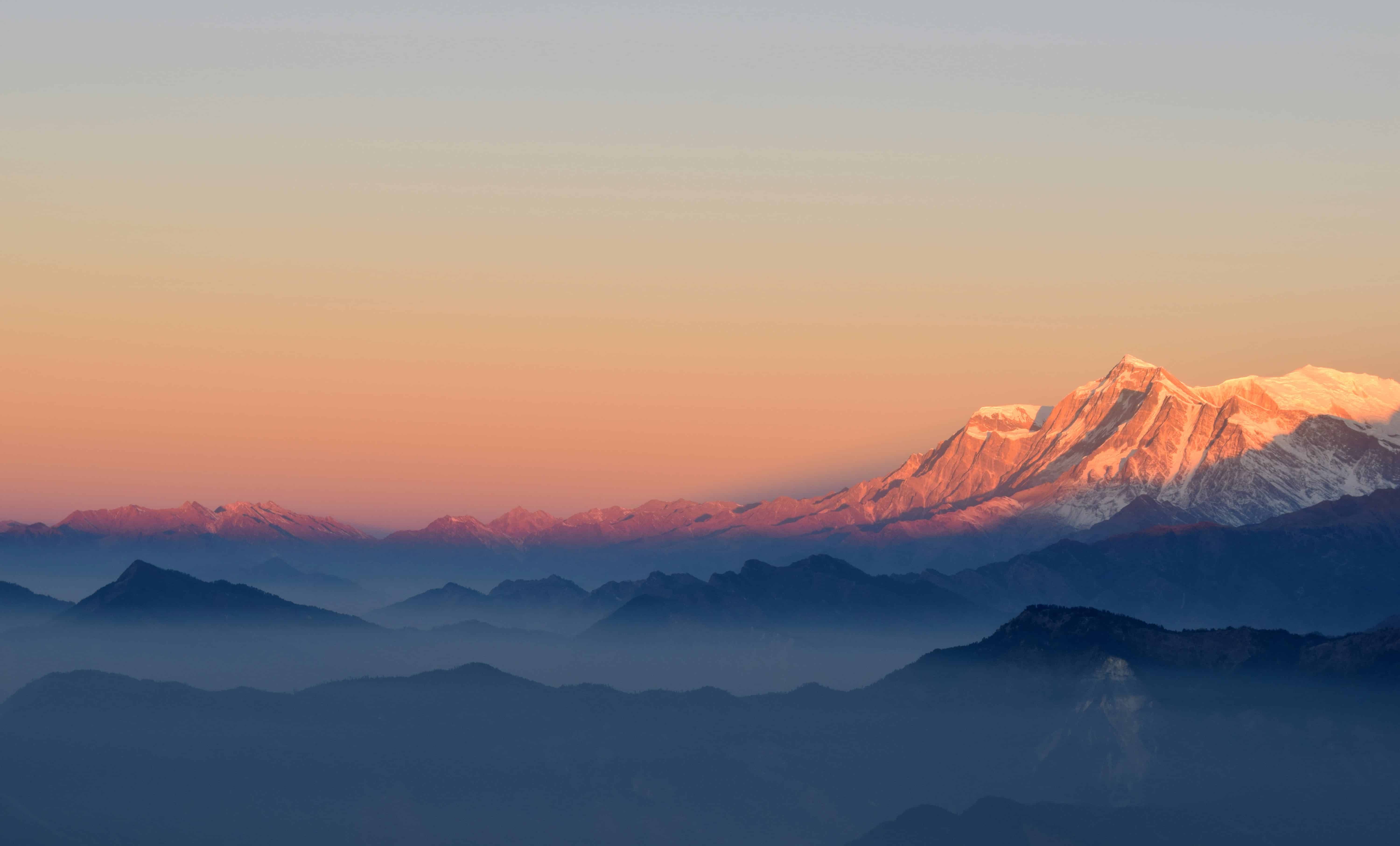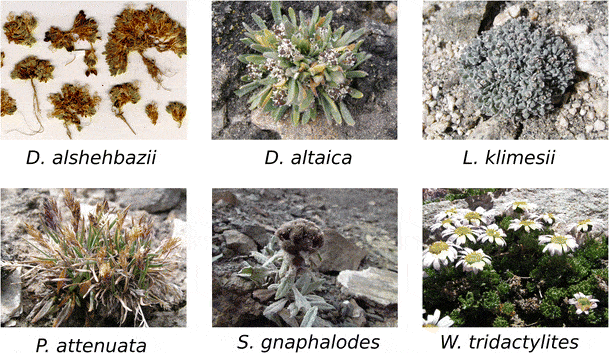A new discovery marks the highest-known vascular plant to date: a record-breaking 6,150 meters (20,177 ft) above sea level, on Mount Shukule II, India.

It’s cold. Every step feels like walking with lead boots on, and everyone’s nauseous and tired from the thin air — that’s how a team led by Jiri Dolezal from the Institute of Botany at the Czech Academy of Sciences in Průhonice fared while trying to understand how plants react to warming climates. Their site lies in a remote part of Mount Shukule II, India, a full five-days’ trek from the nearest road.
“We could manage only a couple of hours of work a day,” says Roey Angel, a team member from the University of Vienna.
In this inhospitable environment, the team discovered six species of cushion plants, clinging to a gravelly SW-facing patch of mountainside — the highest-altitude living example of vascular plants ever found. The species are Draba alshehbazii, Draba altaica, Ladakiella klimesii, Poa attenuata, Saussurea gnaphalodes and Waldheimia tridactylites.

Living the high life
This sets a record for vascular plants, although algae and mosses — tolerant to drought and frost — are known to grow even higher up. But there’s also cause for alarm.
These patches of green are well adapted to the harsh conditions. Each plant is roughly the size of a coin with leaves in a rosette-pattern to trap warmer air. The team also identified a high-sugar biological “antifreeze” in the plant’s systems. Their roots were also very small. Dolezal however managed to count 20 growth rings in a 1-millimeter root, implying the plant has been living there for two decades — others, however, have probably been around only for a few years.
These plants likely grew from seeds which took root after a glacier had retreated. It just go to shows how climate change is re-shaping the Himalayas. Dolezal says that the average temperature during the short growing season at this spot has gone up about 6 °C in the last decade. He believes that this trend will continue, pushing away glaciers while plants ascend even higher in future. Plants need at least 40 days of frost-free soil per year to grow, he adds — something that was unheard of in the Himalayas a few decades ago, but is not probably routinely happening on the peaks in this region.
“In the arid Himalayas – mostly Tibet – there are many mountains with vast unglaciated areas available,” he adds.
As part of the GLORIA-Himalaya project, she has found alpine plants in Tibetan China moving upwards at 0.06 metres a year, while the temperature band they usually occupy is outpacing them by ascending at 6 metres a year. The fear is that the temperature increase is encouraging the tree line to ascend too, squeezing the alpine plants out.
The full paper “The Root-Associated Microbial Community of the World’s Highest Growing Vascular Plants” has been published in the journal Microbial Ecology.






